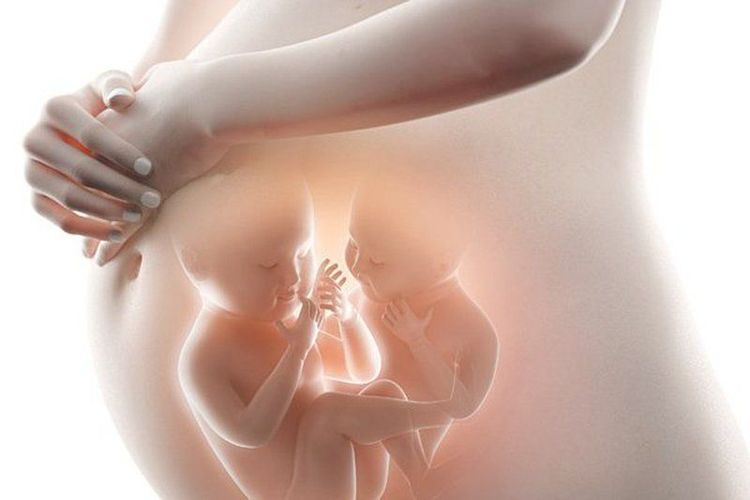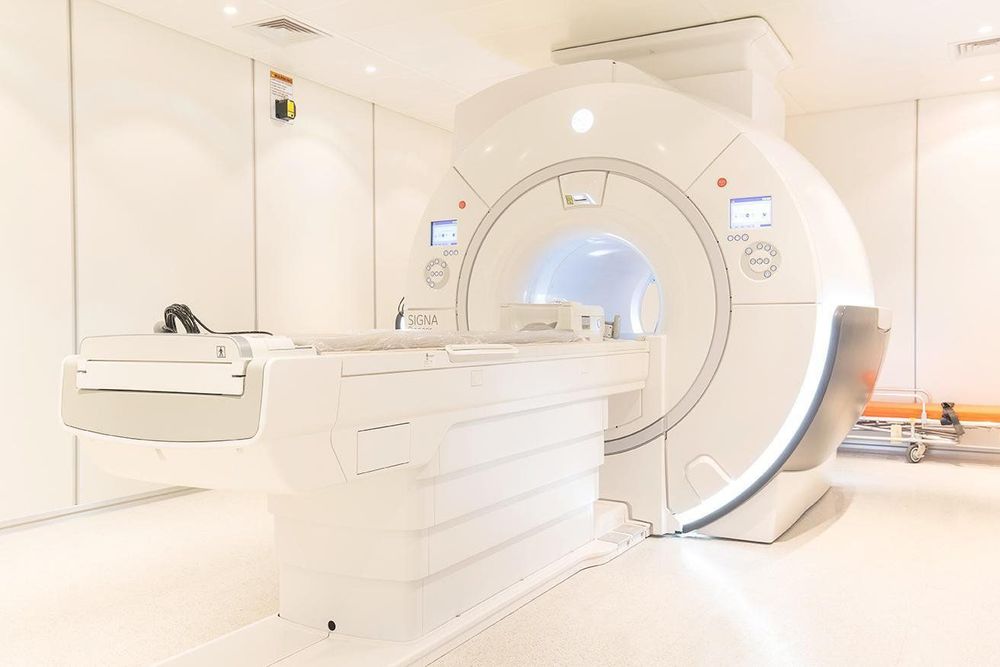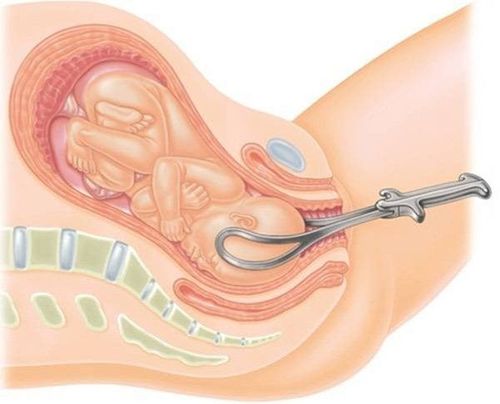This is an automatically translated article.
The article was professionally approved by Master, Doctor Doan Ngoc Quynh Tram - Pediatrician - Neonatology Department of Pediatrics - Neonatology - Vinmec Nha Trang International General Hospital.According to the World Health Organization (WHO), it is estimated that for every 1000 newborns born on time, there will be 2 to 10 cases of neonatal asphyxia. premature birth. Birth asphyxia can occur before or right after labor, and as a result, the baby can be born with brain sequelae such as hypoxic encephalopathy.
1. What is infant asphyxia?
Neonatal asphyxia or neonatal asphyxia is an injury to the fetus and newborn due to a lack of oxygen that persists long enough during delivery to cause physical harm to the infant, often with sequelae. Brain. A newborn's organs such as the heart, lungs, liver, intestines, and kidneys can all suffer, but brain damage is least likely to heal quickly or completely.Neonatal asphyxia will be detected immediately if the newborn does not cry within the first few minutes of life. According to statistics, up to 20-50% of babies born with severe asphyxia die in the neonatal period and 25% of infants with asphyxia who survive will have brain damage or in the form of mental damage (which can include: such as developmental delay, intellectual disability), or may be in the form of other physical damage.

2. Risk factors for asphyxia at birth
Factors that cause fetal distress are also factors that cause neonatal asphyxia, they include:Causes from the mother: The mother is too young or too old, especially if the mother has medical conditions such as asthma, cardiopulmonary Diabetes, high blood pressure, low blood pressure, antenatal bleeding, severe anemia, abnormal uterine contractions are all factors for the doctor to assess the risk of neonatal asphyxia. ; Intrauterine fetal growth retardation, Dirty amniotic fluid; Multiple pregnancy, overdue pregnancy; Hemorrhage; Lack of maternal care during pregnancy; Intensification of labor with oxytocin; Eclampsia and preeclampsia ; Low birth weight infants; Anemia during pregnancy and birth.

3. Consequences of neonatal asphyxia in children
Neonatal asphyxia causes many physical damage, especially brain function. The consequences of neonatal asphyxia can be mentioned in children such as:Mortality rate caused by neonatal asphyxia in children is up to 10-30%; Neurodevelopmental retardation has the rate of 15 - 45%; Only 3 - 13% of cerebral palsy had signs of asphyxia at birth; Neurodevelopmental delay according to Sarnat/Sarnat stage:
| Tỷ lệ tử vong | Tỷ lệ chậm phát triển thần kinh | |
| Giai đoạn 1 | <1% | 0 - 2% |
| Giai đoạn 2 | 20 – 37% | 20 – 37% |
| Giai đoạn 3 | 50 – 89% | 100% |
4. How is the newborn diagnosed?
4.1. clinical
In the fetusThe first manifestation of fetal hypoxia may be growth retardation of the child in utero with increased vascular resistance; Through fetal scalp analysis of blood obtained results pH < 7.2; During the process of the mother showing signs of labor, through monitoring, the fetal heart rate is observed to be slow, irregular or later increased fetal heart rate. During delivery
During delivery, doctors will usually determine neonatal asphyxia based on the following criteria:
Acute fetal distress (manifested in the presence of meconium in amniotic fluid, abnormal fetal heartbeat); At 5 minutes and 10 minutes, Apgar was found < 5 points; Severe metabolic acidosis; Neurological signs such as decreased muscle tone, convulsions, coma,...; Organs such as the heart, lungs, kidneys and liver appear damaged (multiple organ failure); All other causes of encephalopathy will be ruled out.
4.2. Subclinical
Tests: LDH, electrolytes, blood creatinine, blood clotting and blood gases, heart enzymes, liver enzymes. Amplitude integrated electroencephalography (aEEG): slow wave in stage I has diagnostic and prognostic value; Transthoracic ultrasound: if large intracranial hemorrhage is detected, it is contraindicated to treat hypothermia to save asphyxiated infants; Computed tomography of the brain (CT Scanner) identifies: ischemic damage caused by ischemia, along with other lesions such as cerebral edema, hemorrhage; Cranial magnetic resonance imaging (MRI): this is the technique of choice to show brain lesions between days 7-10.
5. Treatment to reduce cerebral sequelae due to neonatal asphyxia
If before the time of delivery, doctors will take all measures to reduce the period of hypoxia, and closely monitor the fetal heart rate during labor.In the delivery room, resuscitation of asphyxiated newborns will be performed immediately to avoid hypoxia, postpartum ischemia, and minimize brain sequelae due to neonatal asphyxia.
Postpartum: Treatment to avoid sequelae:
Due to reduced air; Increased oxygen consumption during convulsions; Increased intracranial pressure due to cerebral edema. Neonatal asphyxia is a dangerous disease, because if it is not diagnosed and treated appropriately, it will lose the prognosis and minimize the sequelae of this disease, especially brain sequelae in the newborn. Therefore, the mother needs to perform periodic ultrasound of the fetus so that the doctors can timely detect and have the right treatment plan if there are signs of neonatal asphyxia. To avoid this risk, pregnant women should also choose well-qualified birthing hospitals with modern medical equipment that can perform postpartum emergency in case of emergency.
At Vinmec International General Hospital, pregnant women can experience "painless delivery" with a team of highly experienced doctors and nurses, and the delivery room is designed according to modern, friendly standards. comfortable equipment and equipment to ensure safety for pregnant women. In particular, at Vinmec, there is an ultrasound machine in the delivery room that can measure the position of the fetus's head in the mother's pelvis to help doctors predict a difficult or easy birth to choose an appropriate and safe birth method for the baby. mother and son. Each delivery room has the most modern neonatal care car, full of equipment from warm lights, baby scales, baby's health assessment system (measures heart rate, breathing rate, blood pressure, blood oxygen). )... helps in timely diagnosis and treatment of health problems of children at birth.
Especially, in emergency cases, the Department of Obstetrics and Gynecology can coordinate with the Department of Pediatrics to provide treatment directions, ensuring the highest chance of life and health for children.
Please dial HOTLINE for more information or register for an appointment HERE. Download MyVinmec app to make appointments faster and to manage your bookings easily.














